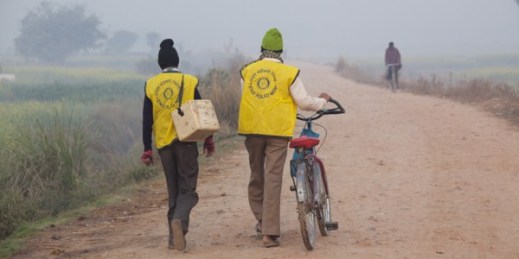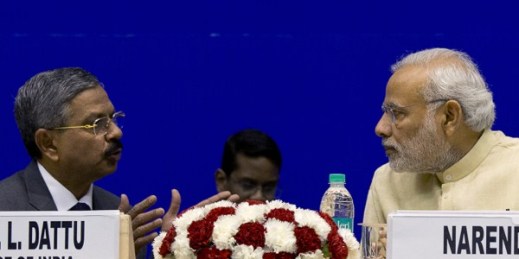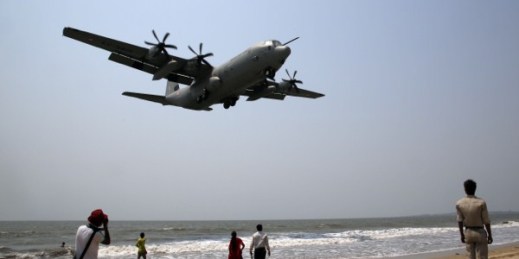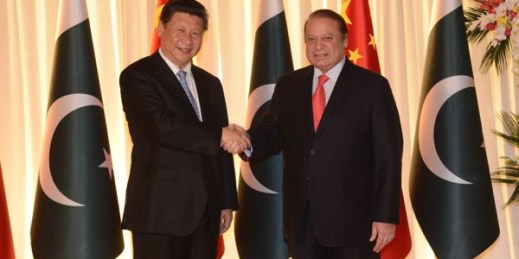
Last month, India canceled the licenses of 9,000 charities and nongovernmental organizations (NGOs) for failing to declare information about foreign donations. In an email interview, Noshir H. Dadrawala, CEO of the Centre for Advancement of Philanthropy, discussed the relationship between foreign NGOs and the Indian government. WPR: What are some of the common methods India has used to restrict or regulate foreign NGOs’ direct and indirect domestic activity, and how has this evolved recently? Noshir H. Dadrawala: The Foreign Contribution Regulation Act 2010 is the most common tool used to regulate foreign NGOs in India. The law governs how certain […]



